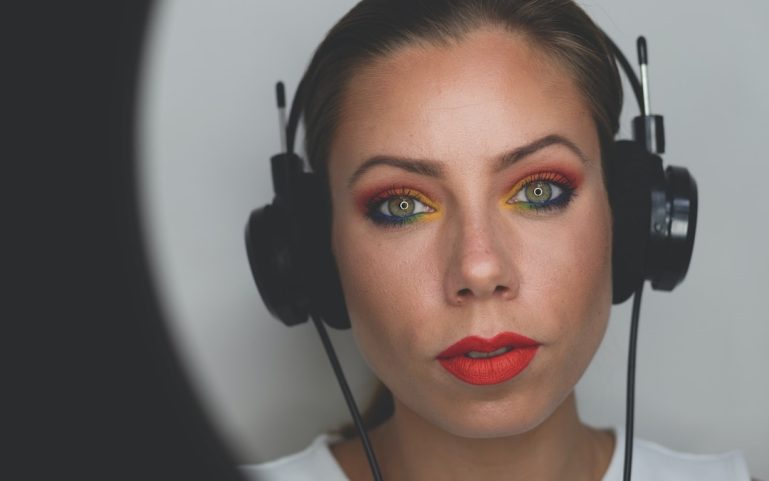
Is microshading more painful than microblading?

When it comes to enhancing the appearance of eyebrows, microblading and microshading are two popular techniques that offer long-lasting results. Both methods involve depositing pigments into the skin to create natural-looking eyebrows. While they are similar in terms of their goal, there are some notable differences between microshading and microblading, including the level of discomfort experienced during the procedure.
The Basics of Microblading
Microblading is a semi-permanent eyebrow enhancement technique that involves using a pen-like tool with extremely fine needles to create hair-like strokes on the skin. The process aims to mimic the look of natural eyebrow hair and give the illusion of fuller brows. Microblading is ideal for those who have sparse or over-plucked eyebrows and want to achieve a more defined and symmetrical shape.
The Procedure
During a microblading session, a trained technician applies a numbing cream to minimize any potential pain or discomfort. Once the area is numb, the technician uses the microblading tool to create tiny incisions in the skin, depositing pigment into each stroke. The process usually takes around two hours to complete, and clients may experience some level of discomfort during the procedure.
The Healing Process
After microblading, it is common for the eyebrows to appear darker and slightly swollen. Over the next few days, the incisions will scab and heal, resulting in a slightly lighter and more natural-looking brow. In terms of pain during the healing process, clients may experience some tenderness and itching, but this can typically be managed with proper aftercare instructions provided by the technician.
Introducing Microshading
Microshading, also known as powder brows or ombre brows, is another popular technique for enhancing eyebrows. Unlike microblading, which creates hair-like strokes, microshading involves using a stippling method to deposit pigments in a more powdered effect. This technique mimics the appearance of filled-in brows achieved with makeup, giving a soft and gradient effect to the overall shape.
The Procedure
During a microshading session, the technician uses a handheld device with a cluster of ultra-fine needles to create small dots over the brow area. This technique allows for a more diffused and less defined brow compared to microblading. As with microblading, a numbing cream is typically applied before the procedure to minimize any discomfort. The process takes around two hours to complete.

The Healing Process
After microshading, the brows may initially appear darker and more intense than the desired result. Over the following weeks, the pigments will fade and settle into a softer and more natural-looking shade. The healing process for microshading is similar to microblading, with potential for mild soreness, tenderness, and itching during the initial healing phase.
Pain Comparison
While pain tolerance can vary from person to person, the general consensus is that microshading tends to be less painful than microblading. The reason for this is that microshading uses a stippling technique instead of creating incisions in the skin. The discomfort experienced during both procedures is typically manageable, thanks to the application of topical numbing creams.
It’s important to remember that pain is subjective, and individuals may have different pain thresholds. Factors such as the skill and technique of the technician, as well as proper aftercare, also play a role in the overall comfort level during and after the procedure.
When deciding between microblading and microshading, it’s essential to consider personal preferences, desired results, and pain tolerance. While both techniques may involve some level of discomfort, microshading is generally regarded as less painful due to the absence of incisions. Consulting with a professional technician can help determine the best option based on individual needs and expectations.